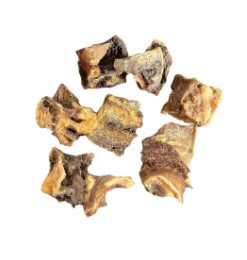

If you’re wondering whether dogs can eat venison tripe, the answer is yes! This food is actually a great addition to your dog’s diet, as it is low in cholesterol and calories but packed with protein. Opt for green tripe over white tripe, as it has higher nutritional value.
Venison tripe is an excellent source of essential fatty acids, including Omega 3 and Omega 6. It is also high in protein and low in cholesterol and calories. Additionally, deer tripe contains digestive enzymes and water-soluble vitamins that can benefit your dog’s overall health.
There are few risks associated with feeding your dog venison tripe, as long as you source it from grass-fed animals and choose green tripe over white tripe. However, it’s important to avoid overfeeding your dog this food, as it should not make up more than 10% of their total diet to avoid nutritional imbalances.
To ensure your dog gets the most nutritional value from venison tripe, source it from grass-fed animals and choose green tripe over white tripe. You can feed your dog venison tripe daily, but make sure it doesn’t make up more than 10% of their diet. Freeze-dried commercial venison tripe dog treats are also available if you’re looking for a convenient option.
Venison tripe, also known as deer tripe, is a protein-packed food that can be a great addition to your dog's diet. It is a low-cholesterol and low-calorie food that is rich in essential fatty acids such as Omega 3 and Omega 6. Venison tripe contains digestive enzymes and water-soluble vitamins that can help keep your dog healthy. This food is commonly consumed in many areas as it is accessible and affordable. When serving it to your dog, make sure to choose green tripe over white tripe and avoid overfeeding as it can cause nutritional imbalances.
While venison tripe is safe for dogs, it is important to source it from grass-fed animals. Grass-fed animals produce a higher-quality tripe that is rich in nutrients. Overfeeding your dog venison tripe can cause nutritional imbalances, so make sure it does not make up more than 10% of their total diet.